

What Is Going On?
In short, the supply of closures and liners has been severely challenged. But things are slowly improving and TricorBraun is here to help.
It all started with ice storms. The severe weather that hit Texas in February exacerbated the preexisting COVID-related shortages in the polypropylene (PP) used to make caps and other closures—and things deteriorated from there. Here’s what happened, and how TricorBraun continues to respond to protect critical industries and keep our customers supplied.
Why Is It Happening?
Even before the ice storms even hit, there was a resin shortage due to soaring demand for closures, PET bottles, and HDPE bottles for cleaners and hand sanitizing products. (And once people started buying fewer hygiene products, the demand shifted to vitamins and other nutraceuticals.) Then the deep freeze caught everyone by surprise, leading to electric grid failures, cracked factory pipes, and roads so iced over that trucks were unable to get in and out. As PE factories temporarily shuttered, the price of polyethylene rose sharply.
Meanwhile, liners were also in high demand. Although liner companies use only a little bit of PE in their formulations, they nonetheless need that same resin to manufacture their products. In addition to much higher prices for raw materials, the liner companies were hampered by COVID-related labor shortages. All of this created spot shortages and very long lead times.
The Result
At the height of the uncertainty, lead times for closures and liners were 40–60 weeks out.
No one had enough supply. Those supplies that were available were prioritized for heart, lung, and other medications where alternative resins couldn’t be used and where any delay could mean the difference between life and death. To address the severe shortage, TricorBraun’s supply chain team was searching around the country and across the globe to identify closures and liners to meet customer demand.
What to Expect
The good news is that the situation is a little better now.
Some cap supplies are improving, though others remain tight. The major liner companies are adding capacity, but supplies will likely remain constrained until at least Spring 2022.
Strong Supplier Networks, Warehousing Capacity Offer Buffers
TricorBraun’s deep and wide supply chain has helped to blunt the impacts on customers. Because of our agreements with a wide range of suppliers, we’ve been able to identify alternative sources of supplies. Customers with warehousing agreements have typically been able to get their caps and liners and keep their production on schedule. For others, the best-laid plans are still being derailed by spot labor shortages as crews come down with new COVID infections—delaying production.
3 Tips for Closure and Liner Supply Continuity
Are you looking for more certainty in your supply chain? Here are three ways that you and your sales rep can work together:
- First, consider a warehousing agreement. A warehousing agreement will allow TricorBraun to hold closures and liners in supply for you. This will buffer you against some supply disruptions.
- Second, qualify alternatives. The more options you (and we) have available upfront, the easier it will be to flip the switch and keep you in supplies.
- Third, share your forecasting. In addition to your annual forecast, it’s important to share with your sales rep any promotions you might have that could spike sales. The more lead time we have to find your closure and liner supplies, the better.
The supply chain will improve—including for closures and liners. We’re already starting to see pockets of lead times drop to 20–30 weeks (and even less in some places), a vast improvement over where we were. But it’s going to take time and patience. Meanwhile, TricorBraun is here to help you navigate through this challenging time.



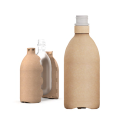
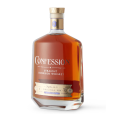
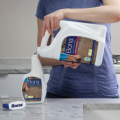
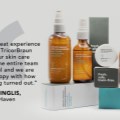
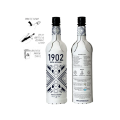
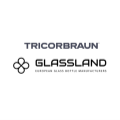
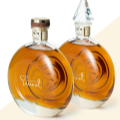
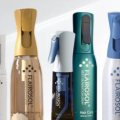

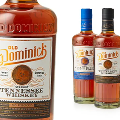


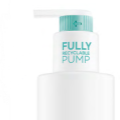
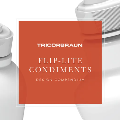
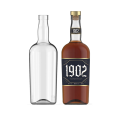
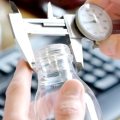

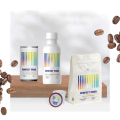
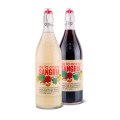
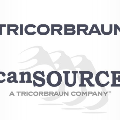

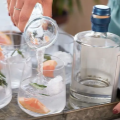
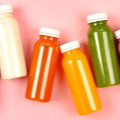
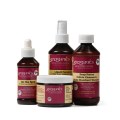
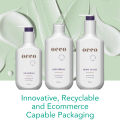
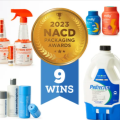
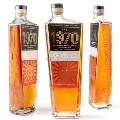
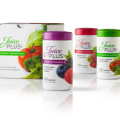
.jpg)
.jpg)
.jpg)
.jpg)











